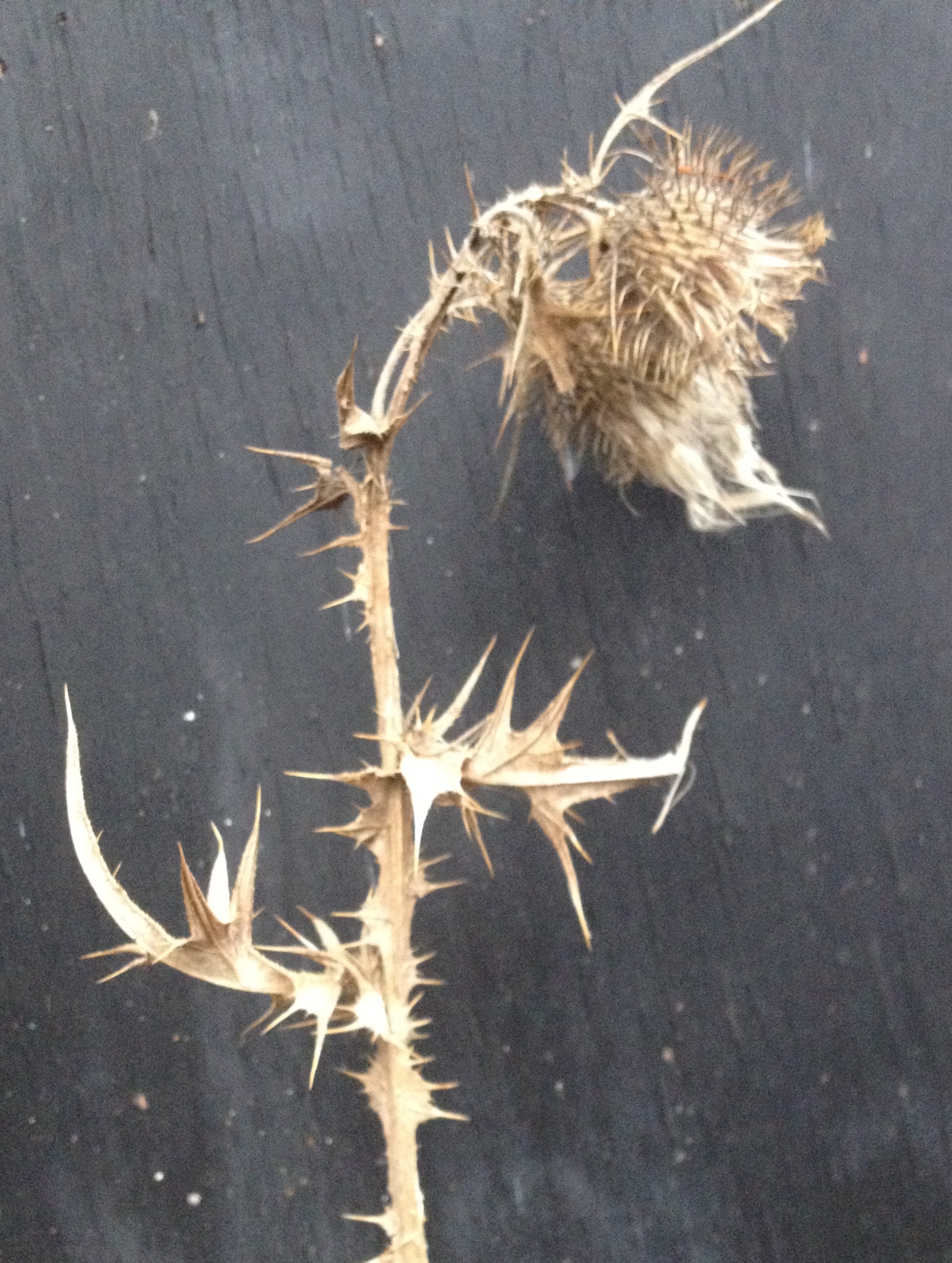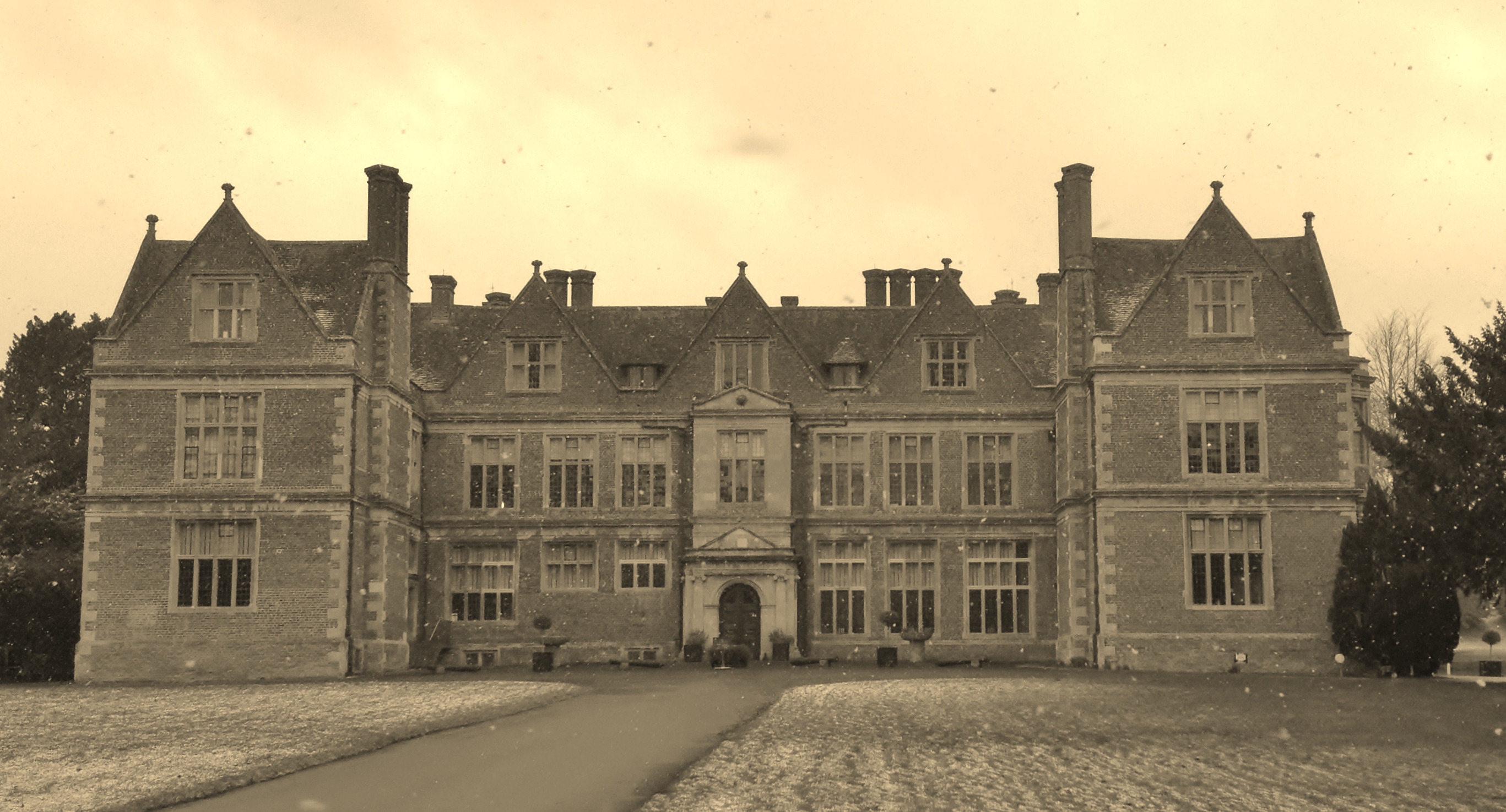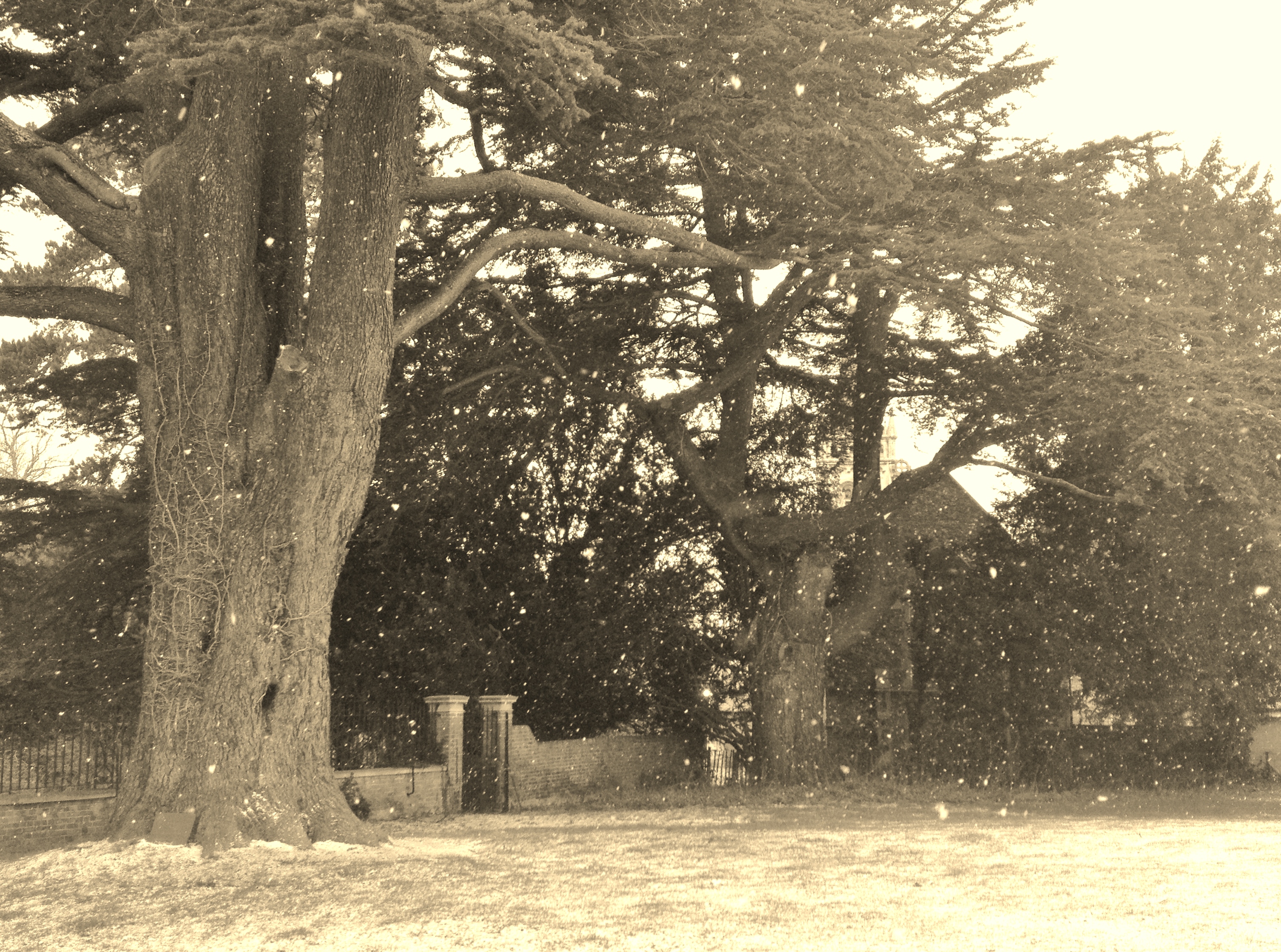The Blackthorn Winter & the Hawfinch.
We are in the midst of a blackthorn winter. The sloe blossom on the low trees and hedges (that have not been flailed) is a frothy surf upon the damson-coloured thorns that pre-empts its leaves and often presages the lion’s roar and bite of March.
I have been haunting churchyards all winter as a reliable source of yew trees and possibly, therefore, hawfinches – as well as ash groves, beech hangars or stands of cherry trees. These large, rare finches are partial to beechmast, ash keys, and the seeds of hornbeam and elm, as well as hips, haws and berries.
Our tiny resident population of hawfinches (500-1,000 birds) is annually swelled by a few hundred from Eastern Europe. Though this year, their numbers have been unprecedented. Wild berry crops have been poor in their home countries and thousands have ‘irrupted’, dispersing westwards to find food. Fortunately, it seems that we have had a good year for fruits and tree seeds.

Hawfinches have a near-mythical status and on top of that, are among the hardest birds to spot. Hence, my standing in my best coat and heeled boots (instead of wellies) with my binoculars bumping up against my handbag and a shopping list in my pocket, in the middle of a freezing blizzard in town. I’d had a tip-off. Of course! Historic, romantic Shaw House was best viewed from its yew-lined avenues. But as I wandered those without seeing any, I put my head down into the blizzard and drifted towards the church, subconsciously. And there they were. In the tops of the lime trees opposite, a dozen large, cobby hawfinches. Their warm, apricot-autumnal colours – jay, chaffinch or waxwing colours – blanched pale by the monochrome light of winter. A flock of seven goldfinches flew in for convenient comparison and were dwarfed by the bulky birds.

Twice the size of a greenfinch, and with a much fiercer expression, their magnificent steel-grey conical bill concealed the four hard bosses within, used to distribute the colossal force needed to crush cherry, plum, bullace and damson stones for the kernels within. The massive musculature that supports this action gives them parrot cheeks and a bullish, top and front heavy appearance. The pressure of their bite is legendary; the force exerted 1,000 times greater than the bird’s weight: the human equivalent? Being able to crush 60 tonnes with your jaw. It is enough to crack bird ringer’s knuckles. The hawfinches call sweetly, their song barely that: nothing more than the sound of an icicle plinking into a crystal glass in a snow cave, it is so pure and simple.

I wondered how many times had they been here in the past? Hawfinches have never been numerous and may have only bred in England from the 1800’s. It’s an unusual way to concertina the years of a grand house built in 1581, that has seen royalty and wealthy families, a Civil War battle literally on its doorstep, with men and horses buried where they fell in the grounds, musket ball holes still visible in its walls and allegedly one inside that narrowly missed Charles 1 as he was dressing. Visitations from these wintery finches would have gone largely unnoticed during Victorian protests over Rights of Way or by billeted soldiers in WWII or teachers and students when it was a state Secondary School. My daughter might have noticed them when she slept the night in its rooms with her Cub pack.
It doesn’t seem so incongruous then, to spot them in the teeth of March’s latest leonine blast, beside the A34, the speculating rooks and the River Lambourn as it flows into town, past all that history, past all those winters. There is currently more brightness in the thawdrops hanging from the blackthorn, than in the whole sky.
Leave a comment